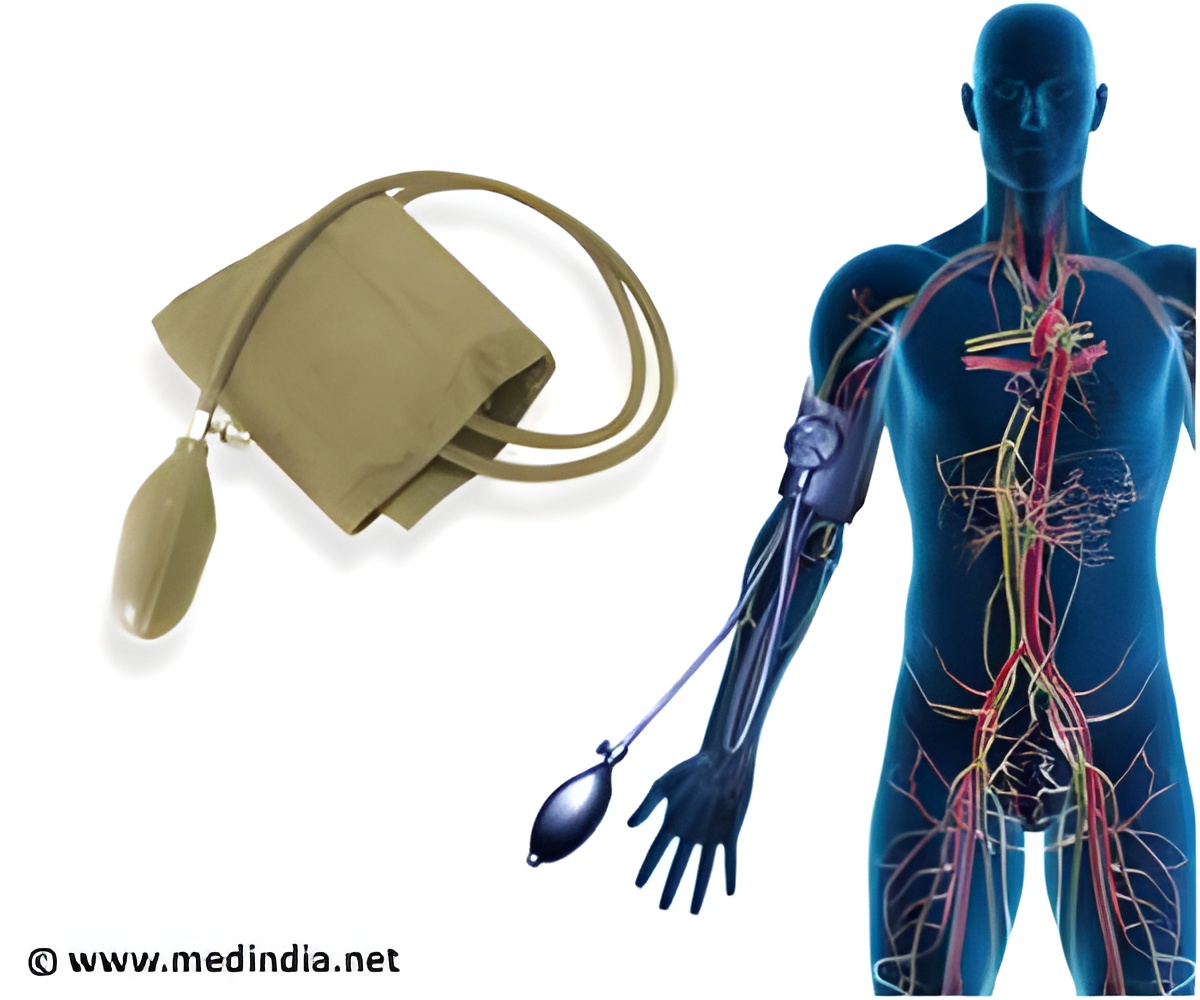
Age-related increases in blood pressure have been observed in almost every population, except among hunters-gatherers, farmers and pastoralists.
Michael Gurven, Ph.D., study author and anthropology professor and chairman of the University of California-Santa Barbara's Integrative Anthropological Sciences Unit, and colleages followed 2,296 indigenous adults in 82 Tsimane villages, an area in the tropical lowlands of Bolivia's Amazon basin. Tsimane are lowland forager-horticulturalists (pop. ~11,000) subsisting on plantains, rice, corn, manioc, fish and hunted game.
"The Tsimane living conditions are similar to those of our ancestors, with greater exposure to pathogens, active lifestyle, high fertility and traditional diet. Studying chronic diseases in these populations can be very insightful," Gurven said.
Researchers found that per decade, Tsimane women had a systolic blood pressure increase of 2.86 millimeter of mercury (mm Hg) and a diastolic blood pressure increase of 0.95 mm Hg.
Per decade, Tsimane men had a systolic blood pressure increase of 0.91 mm Hg and a diastolic blood pressure decrease of 0.02 mm Hg.
Advertisement
Among Americans over age 40, systolic pressure increases by about 7 mm Hg per decade.
Advertisement
Between July 2002 and December 2010, researchers measured participants' blood pressure one to eight times during multiple physical exams in the Tsimane villages.
In a smaller study, researchers compared the risks of atherosclerosis in traditional Pygmies - subsistence hunters-gatherers living in the equatorial forests of Cameroon - to two neighboring groups: semi-urbanized Pygmies and farmers known as the Bantou.
Atherosclerosis risks were about 20 percent lower among traditional Pygmies than that of the other two groups.
Pulse wave velocity for traditional Pygmies was 5.8 meters/second, 6.82 meters/second for contemporary Pygmies and 6.93 meters/second for Bantou farmers.
The augmentation index for the three groups weren't different, but the traditional Pygmies' shorter height suggests their atherosclerosis risks are lower than the others.
"Our study shows that the effect of aging on atherosclerosis is blunted by a traditional lifestyle," said Daniel Lemogoum, M.D., M.P.H., study lead author and cardiologist at the Hypertension Clinic at H?pital Erasme of the Universit? Libre de Bruxelles in Brussels, Belgium.
In clinical exams, the Belgium researchers measured 62 adults' blood pressure, heart rate, weight, height, body mass index, pulse wave velocity and augmentation index. They calculated effects of factors including blood pressure and age.
"By focusing our attention on people with very different lifestyles from our own, we might better be able to understand that maintaining heart health is possible even as we age," Lemogoum said.
Lifestyle factors specific to hunters-gatherers might explain the minimal increases in blood pressure in the Tsimane and low atherosclerosis risks in the traditional Pygmies, the study authors said.
The factors include: high physical activity, low stress levels and potentially protective diets high in fruits, vegetables and potassium and low in calories, salt and alcohol.
The studies appeared in the American Heart Association journal Hypertension.
Source-ANI









